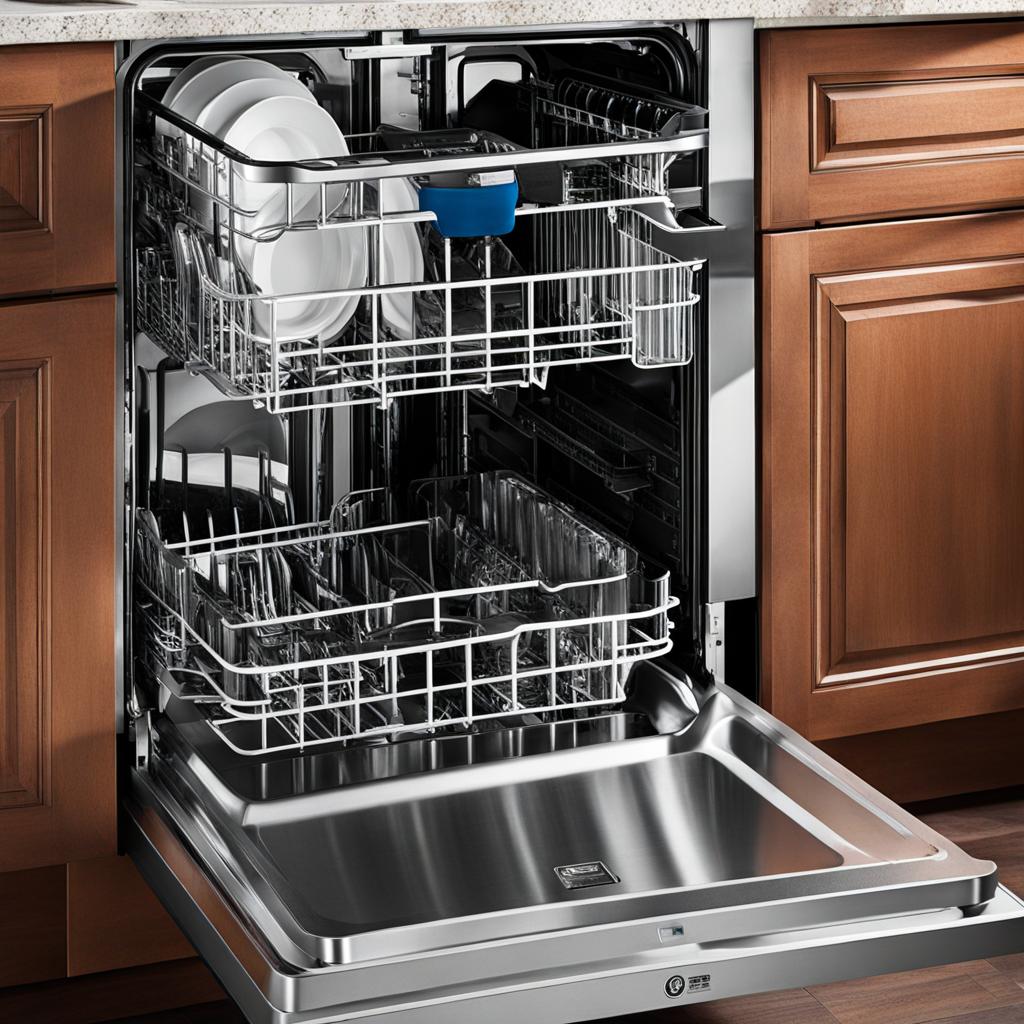-
Table of Contents
- Ge Washer Not Draining: Troubleshooting and Solutions
- Common Reasons for Ge Washer Not Draining
- Troubleshooting and Solutions
- 1. Check the Drain Hose
- 2. Clean the Drain Filter
- 3. Test the Drain Pump
- 4. Inspect the Lid Switch
- Replacement Parts for Ge Washer Not Draining
- When to Call for Authorized Service
- Conclusion
Ge Washer Not Draining: Troubleshooting and Solutions

Having a washing machine that doesn’t drain properly can be frustrating and incoenient. If you’re experiencing this issue with your GE washer, you’re not alone. Many users encounter problems with their GE washers not draining, whether it’s a front load or top load model. In this article, we will explore common reasons why your GE washer may not be draining and provide troubleshooting tips and solutions to help you resolve the issue.
Common Reasons for Ge Washer Not Draining
There are several potential causes for a ge washer not draining. Understanding these reaons can help you diagnose and fix the problem more effectively. Here are some common culprits:
- Clogged Drain Hose: A clogged or kinked drain hose is one of the most common reasons for a waser not draining. check the drain hose for any obstructions or twists that may be preventing proper water flow.
- Drain Pump Failure: The drain pump is responsible for removing water from the washer during the drain cycle. If the pump is faulty or clogged, it may not be able to drain the water effectively.
- Drain Filter Blockage: Some GE washers have a drain filter that can become clogged with lint, debris, or small objects. a blocked drain filter can impede water drainage.
- Faulty Lid Switch: In top load washers, a faulty lid switch can prevent the washer from draining. the lid switch acts as a safety mechanism to stop the washer from spinning when the lid is open. If the switch is defective, it may not allow the washer to drain.
Troubleshooting and Solutions
Now that we’ve identified some common causes, let’s explore troubleshooting steps and solutions for a ge washer not draining:
1. Check the Drain Hose
Inspect the drain hose for any clogs or kinks. Straighten out any twists or bends in the hose and remove any obstructions. ensure that the hose is properly connected to the drain pipe or standpipe.
2. Clean the Drain Filter
If your GE washer has a drain filter, locate it and clean it. Remove any lint, debris, or objects that may be blocking the filter. Refer to your washer’s manual for specific instructions on how to access and clean the drain filter.
3. Test the Drain Pump
If you suspect a faulty drain pump, you can perform a simple test to check its functionality. Consult your washer’s manual for instructions on how to access the drain pump. Once you have access, manually rotate the pump impeller to ensure it moves freely. If it feels stiff or doesn’t rotate, the pump may need to be replaced.
4. Inspect the Lid Switch
If you have a top load washer, check the lid switch for any signs of damage or wear. Use a multimeter to test the continuity of the switch. If it fails the continuity test, the lid switch may need to be replaced.
Replacement Parts for Ge Washer Not Draining
If you’ve identified a faulty component in your GE washer that needs replacement, it’s important to use genuine GE replacement parts. Using authentic parts ensures compatibility and reliability. You can find replacement parts for your GE washer on the official GE Appliances website or through authorized retailers.
When to Call for Authorized Service
If you’ve tried the troubleshooting steps mentioned above and your GE washer still isn’t draining, it may be time to call for authorized service. GE has service centers located in many provinces across America, making it convenient for users to get professional assistance. To find the nearest service center, visit the official GE Appliances website and contact the call center number provided.
It’s important to note that attempting complex repairs without proper knowledge and expertise can be dangerous and may void your warranty. Calling for authorized service ensures that trained technicians will diagnose and fix the issue correctly.
Conclusion
A ge washer not draining can be a frustrating problem, but with the right troubleshooting steps and solutions, you can resolve the issue. Start by checking the drain hose, cleaning the drain filter, and inspecting the lid switch. If necessary, test the drain pump and consider replacing any faulty components with genuine GE replacement parts. If all else fails, don’t hesitate to call for authorized service. Remember, the information provided in this article is collected from the internet, and for the most accurate and up-to-date information, it’s always best to visit the official website of the company.
Note: The information written here is collected from the Internet. There is a possibility that it may contain incorrect information, so for the most accurate and up-to-date information, the official website of the company should be visited. Any responsibility arising from wrong information or application does not belong to the site owner.







